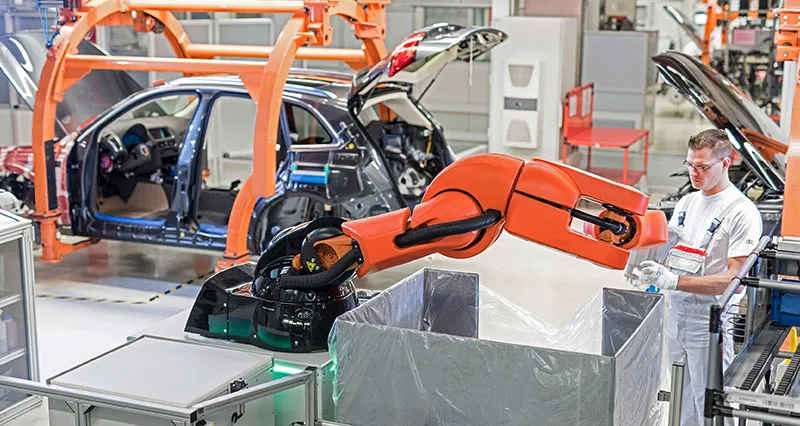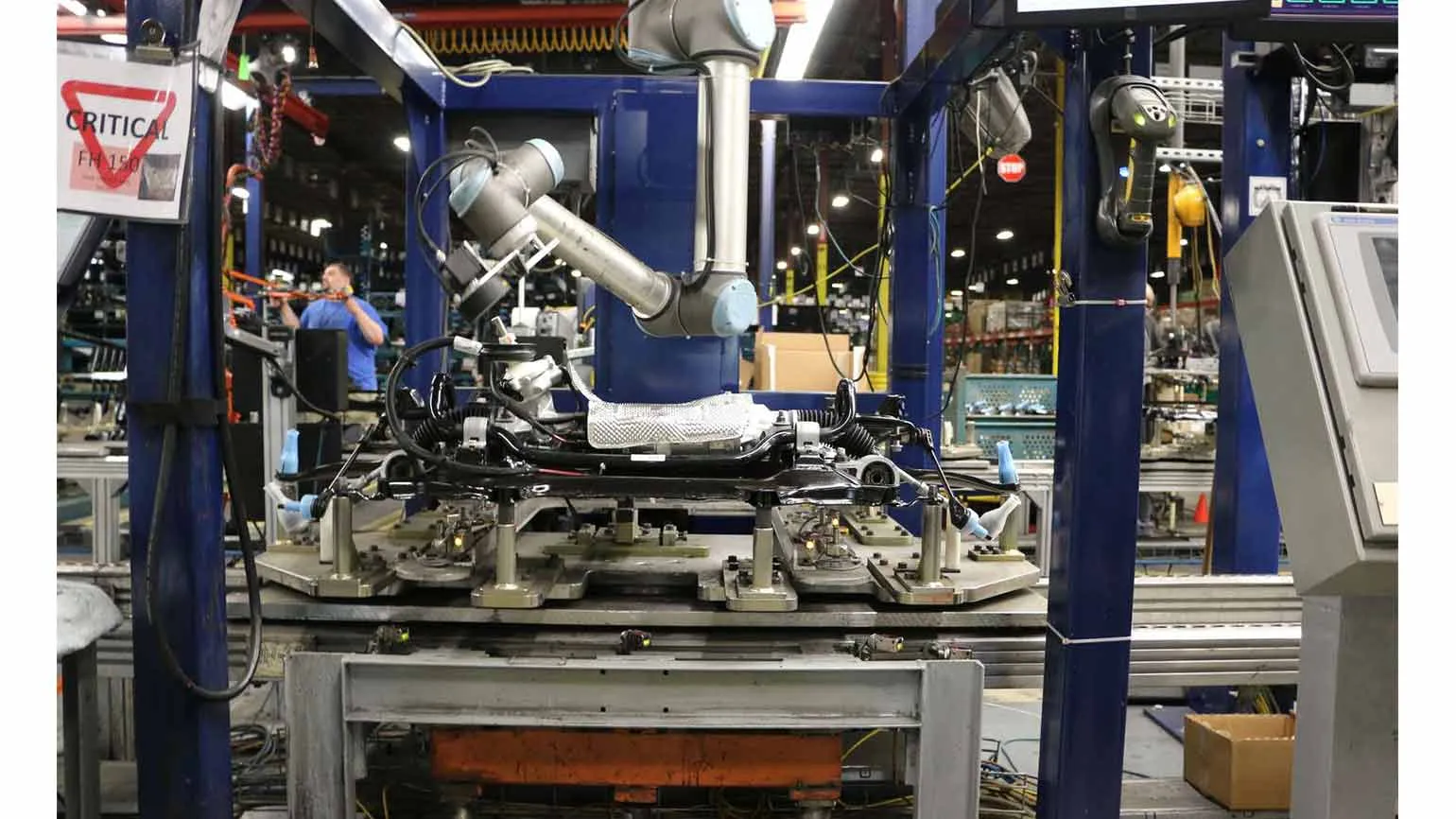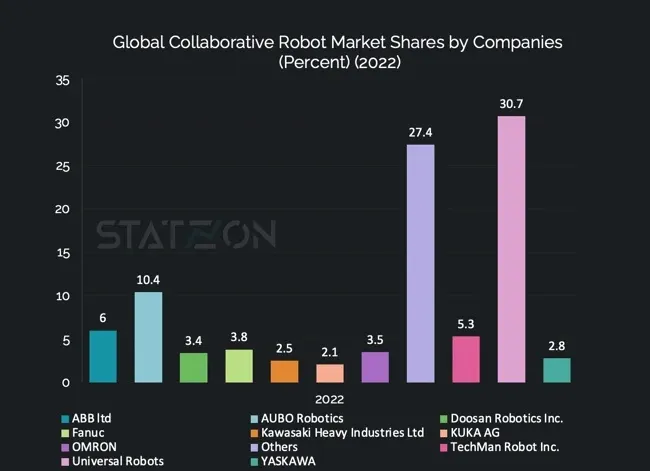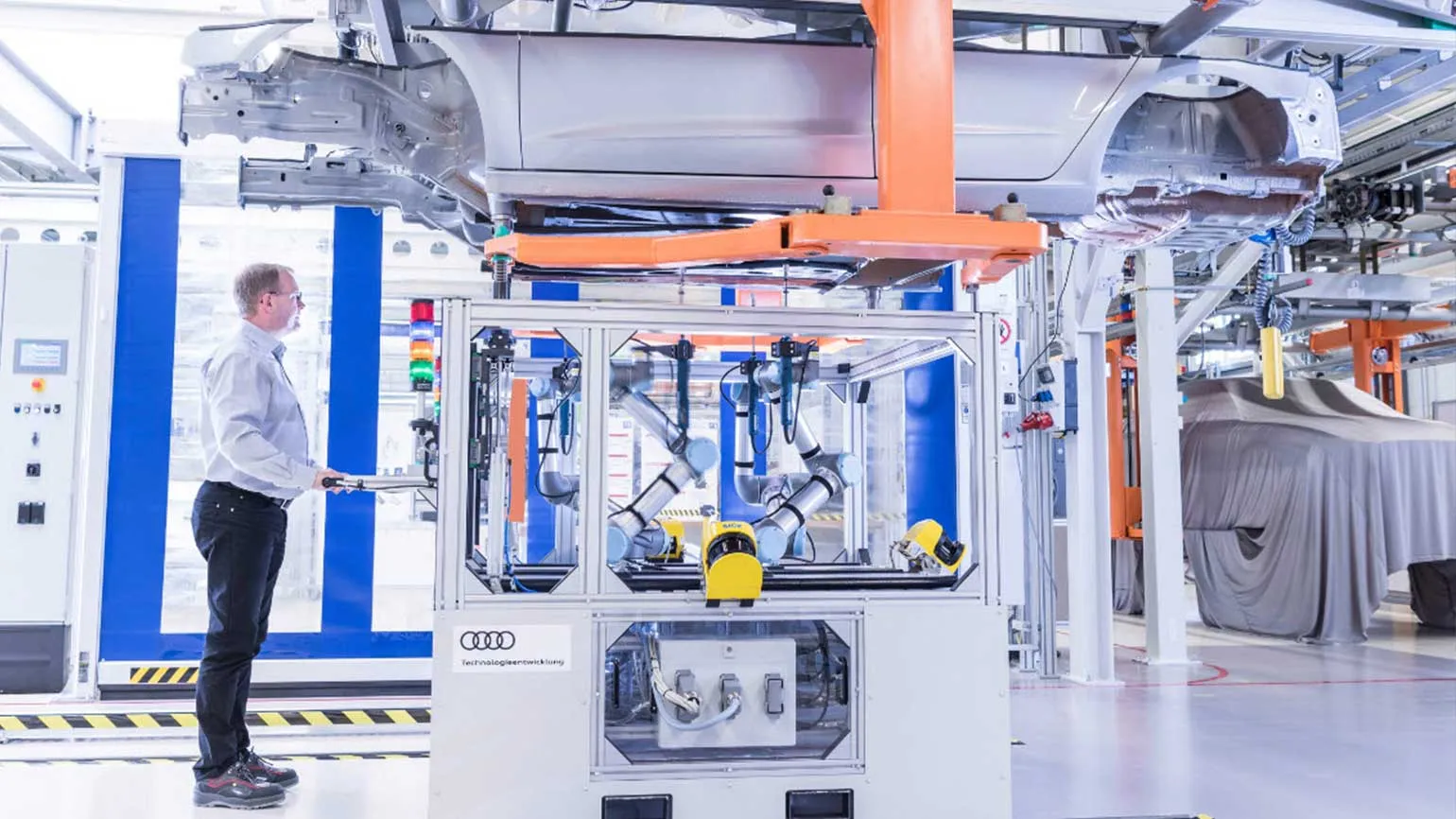
The Role of Collaborative Robots in Modern Automotive Assembly Lines
Introduction to Collaborative Robotics in Automotive Manufacturing
The automotive industry has undergone a remarkable transformation in recent decades, with collaborative robots (cobots) emerging as a pivotal technology reshaping assembly line operations. Unlike traditional industrial robots that operate in isolated safety cages, cobots are designed to work alongside human workers, creating synergistic partnerships that enhance productivity, flexibility, and workplace safety. This revolutionary approach represents a fundamental shift from automation to collaboration in automotive manufacturing.

Key Applications of Cobots in Automotive Assembly
Precision Assembly Tasks
Cobots excel in performing repetitive, high-precision assembly tasks that require consistent accuracy. In modern automotive plants, they are increasingly deployed for installing small components such as electrical connectors, fasteners, and interior trim pieces. Their ability to maintain millimeter-level precision throughout extended production cycles significantly reduces assembly errors and improves overall vehicle quality.
Quality Control and Inspection
Advanced vision systems integrated with collaborative robots enable real-time quality inspection throughout the assembly process. Cobots equipped with high-resolution cameras and sensors can detect minute defects, verify component placement, and ensure proper torque application on critical fasteners. This proactive quality approach minimizes rework and prevents defective vehicles from progressing down the line.

Material Handling and Logistics
Cobots streamline material flow within assembly facilities by handling components between workstations. They can efficiently transport parts from storage areas to assembly points, reducing manual handling and minimizing production delays. Their flexibility allows for quick reprogramming when production requirements change, making them ideal for just-in-time manufacturing environments.
Comparative Analysis: Traditional Robots vs. Collaborative Robots
| Feature | Traditional Industrial Robots | Collaborative Robots |
|---|---|---|
| Safety Requirements | Require safety cages and physical barriers | Can operate alongside humans without barriers |
| Programming Complexity | Complex programming requiring specialists | Intuitive programming, often teach-pendant based |
| Deployment Flexibility | Fixed positions, difficult to relocate | Mobile, easily redeployed between tasks |
| Initial Investment | High capital expenditure | Lower initial cost, faster ROI |
| Human-Robot Interaction | Limited to no direct interaction | Designed for continuous collaboration |
| Payload Capacity | High payload capabilities (50kg+) | Lower payload (typically 3-15kg) |
Technological Advancements Driving Cobot Adoption
Advanced Sensor Technology
Modern cobots incorporate sophisticated sensor arrays including force-torque sensors, 3D vision systems, and proximity detectors. These technologies enable cobots to detect human presence and adjust their movements accordingly, ensuring safe interaction in shared workspaces. Force-limited joints and collision detection algorithms provide additional safety layers.
Artificial Intelligence Integration
The integration of AI and machine learning algorithms has significantly enhanced cobot capabilities. AI-powered cobots can learn from human demonstrations, adapt to variable working conditions, and optimize their movements for efficiency. This learning capability enables continuous improvement in assembly processes without extensive reprogramming.

IoT Connectivity and Data Analytics
Cobots equipped with IoT sensors generate valuable production data that can be analyzed to optimize assembly line performance. Real-time monitoring of cycle times, error rates, and maintenance needs enables predictive maintenance and process optimization. This data-driven approach contributes to overall equipment effectiveness (OEE) improvements.
Benefits of Collaborative Robot Implementation
Enhanced Productivity and Efficiency
Cobots work continuously without fatigue, maintaining consistent production rates throughout extended shifts. Their precision reduces rework rates, while their speed optimizes cycle times. Studies show that automotive assembly lines incorporating cobots experience 15-25% productivity improvements compared to traditional manual operations.
Improved Workplace Safety
By taking over ergonomically challenging tasks, cobots reduce workplace injuries associated with repetitive motions, heavy lifting, and awkward postures. Their built-in safety features minimize the risk of accidents, creating safer working environments for human operators.
Cost Reduction and ROI
The relatively lower implementation costs and faster deployment times of cobots compared to traditional automation result in quicker return on investment. Their flexibility also reduces costs associated with production line changes and model transitions.

Implementation Challenges and Solutions
Workforce Training and Adaptation
Successful cobot implementation requires comprehensive training programs to help workers adapt to new working relationships with robotic colleagues. Progressive manufacturers are developing specialized training modules that focus on cobot programming, maintenance, and safety protocols.
Integration with Existing Systems
Integrating cobots with legacy manufacturing systems presents technical challenges. Solution providers are developing standardized interfaces and communication protocols to facilitate seamless integration with existing PLCs, MES, and ERP systems.
Future Trends in Automotive Collaborative Robotics
Mobile Collaborative Robots
The next generation of cobots incorporates autonomous mobility, enabling them to move between workstations and adapt to dynamic production layouts. These mobile cobots can serve multiple assembly lines, further enhancing flexibility and resource utilization.
Human-Robot Team Optimization
Advanced algorithms are being developed to optimize task allocation between human workers and cobots based on their respective strengths. These systems consider factors such as precision requirements, cognitive load, and physical demands to create optimal work distribution.

Conclusion: The Collaborative Future of Automotive Assembly
Collaborative robots represent a fundamental shift in automotive manufacturing philosophy, moving from replacement of human labor to augmentation of human capabilities. As technology continues to advance, the synergy between human workers and cobots will become increasingly seamless, driving unprecedented levels of efficiency, quality, and flexibility in automotive assembly. The successful manufacturers of tomorrow will be those who master the art of human-robot collaboration, creating production environments where both humans and robots can perform at their optimal potential.
| Performance Metric | Before Cobot Implementation | After Cobot Implementation | Improvement |
|---|---|---|---|
| Assembly Defect Rate | 3.2% | 0.8% | 75% reduction |
| Production Cycle Time | 45 seconds | 32 seconds | 29% improvement |
| Workplace Injuries | 12 per year | 3 per year | 75% reduction |
| Training Time for New Tasks | 5 days | 2 days | 60% reduction |
| Overall Equipment Effectiveness | 68% | 85% | 25% improvement |
